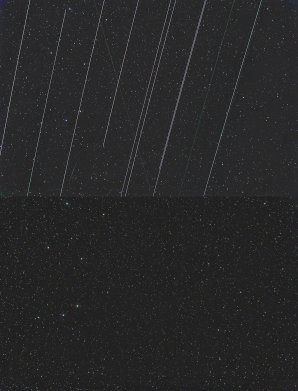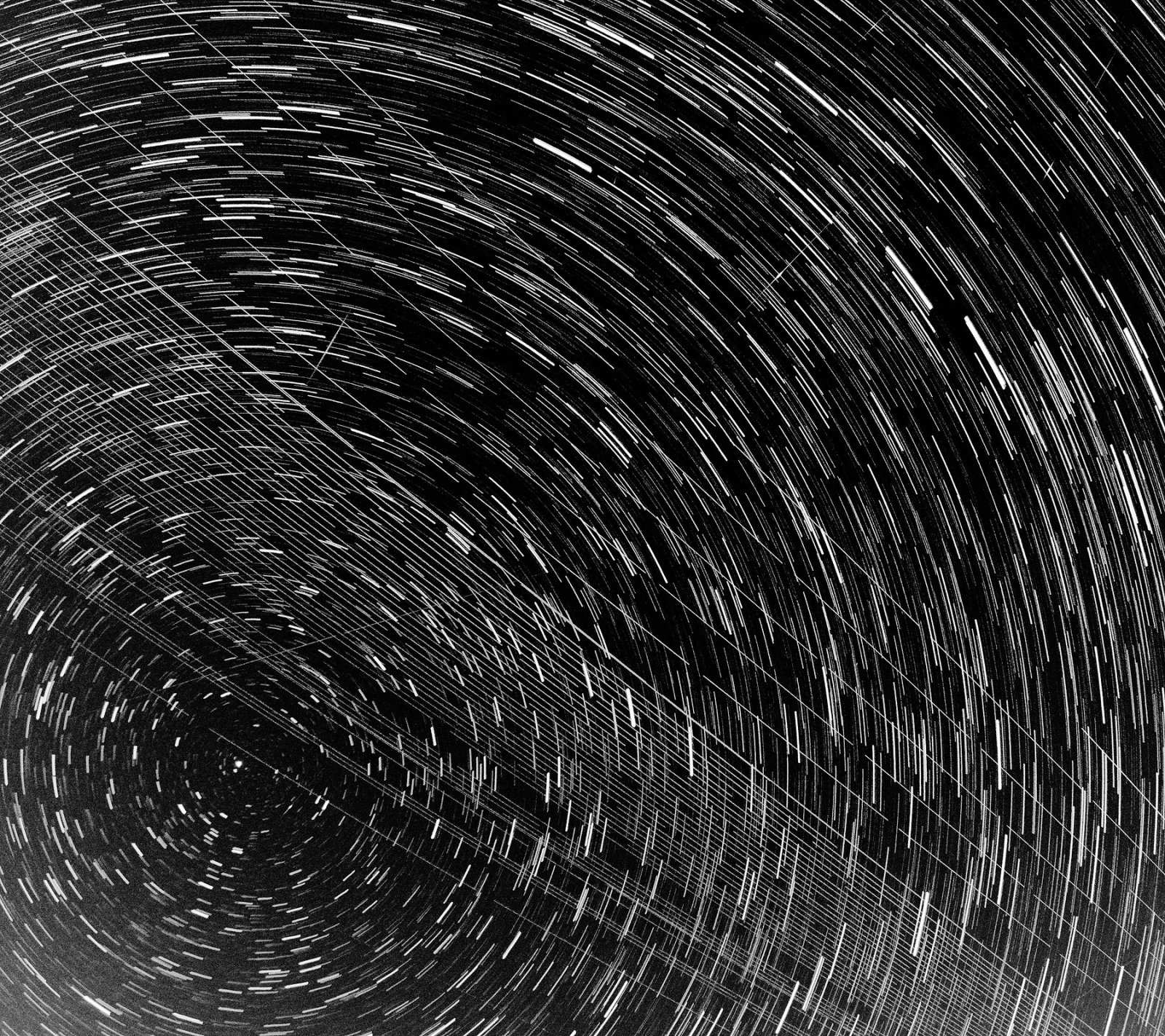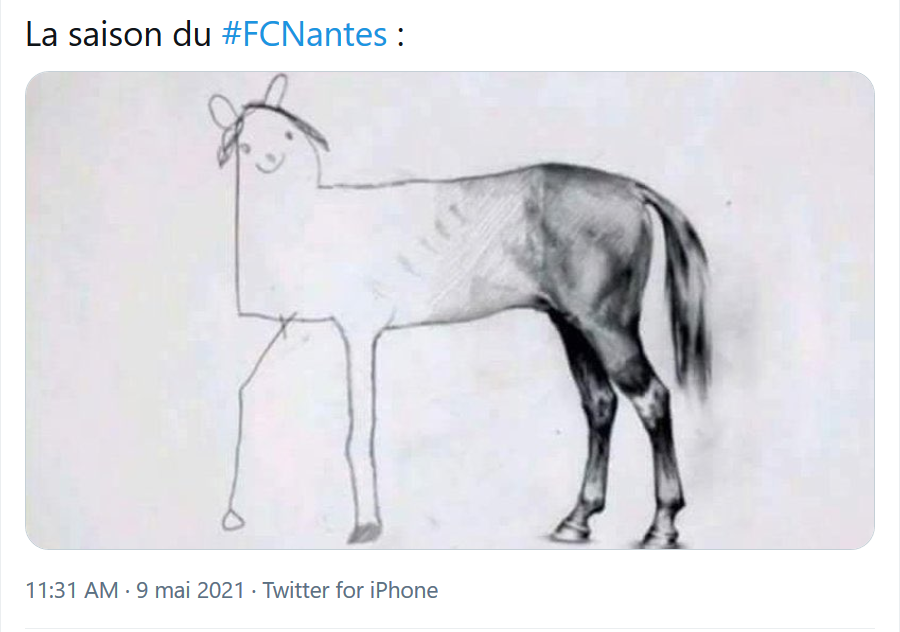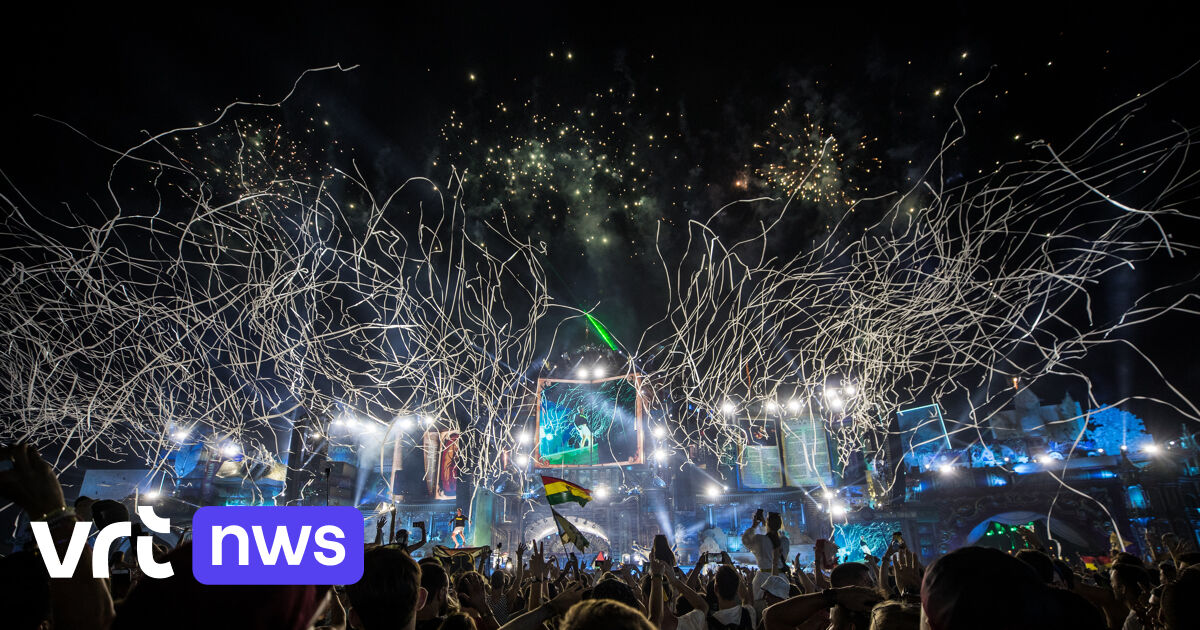In the introductory picture we see traces of stars and satellites over a longer period of time, in the order of a quarter of an hour. During this time, the satellites flew through the sky and “drew” straight lines between the traces of stars revolving seemingly around the pole (almost around the Polaris). We will now encounter a similar phenomenon quite commonly, as Starlink satellites are launched practically every week, sixty pieces at a time. Other satellite networks do not matter so much, because the numbers of launched satellites are not at such a rocket pace, or they are just preparing, so the question is whether they will be as bothering as the Starlins are now.
Author: Martin Gembec
The second reason why satellites are so easily visible in the summer now is that the Sun no longer descends so deep below the horizon and satellites in low orbits remain illuminated long into the night. The worst situation from the observer’s point of view thus occurs around the solstice, when the satellites will be illuminated all night.
The photo above shows a train of satellites close together. A few days later, the gaps are clearly visible, and a week or more is enough to see just a dot after a dot with large gaps, such as in the video below.
The web gives you the best overview of which satellites and when they are launching elonx.cz focused on all the positive and negative whims of Elon Musek. If you want to see the predictions of the flights of the trains of the just launched Starlinks, the web will probably serve you best Heavens-above.com or the mobile application of the same name.
It might seem that in the case of the Starlink network, the situation is resolved – the satellites are adjusted at the request of astronomers to reduce their brightness, and also try to orient after launch so that at least the solar panel is not so visible from the observer’s point of view and therefore does not reflect so much sunlight. But even the satellite itself is too big, and only time will tell if the Starlink network and the like have simply outstripped their time and unnecessarily cluttered the sky with their tracks. With the possible miniaturization or improvement of energy sources, it can be expected that the satellites could be smaller and then astronomers would not have to mind so much. So far, however, it is only the music of the future, and now we have “taken care of” for several generations in terms of a quiet unobstructed view of the night sky.

Author: Martin Gembec
An astrophotographer using a wide-angle lens has only one option – to be lucky, or to retouch the commas from the individual satellites that he draws in the image. An astrophotographer using binoculars must pray that they do not hit the field of view, because then their traces are very clear. And while the Sigma-clip features in computer image compositing are still mostly removed, the question is whether it doesn’t cost too much unnecessary amount of machine time and thus money and electricity to be produced somewhere.
The worst off are the large observatories with giant telescopes and sensitive detectors. Rather, they have to throw out a similar image from the series, or figure out a way not to capture when the satellite is flying in the field of view. In any case, this loses a significant part of the very expensive observation time. The study reports about a third of this time. And that is again the taxpayers’ money from which the observatories are built and operated. And finally, the same taxpayers are happy to pay extra for SpaceX or other companies’ satellite internet. The world must have gone mad.
–


